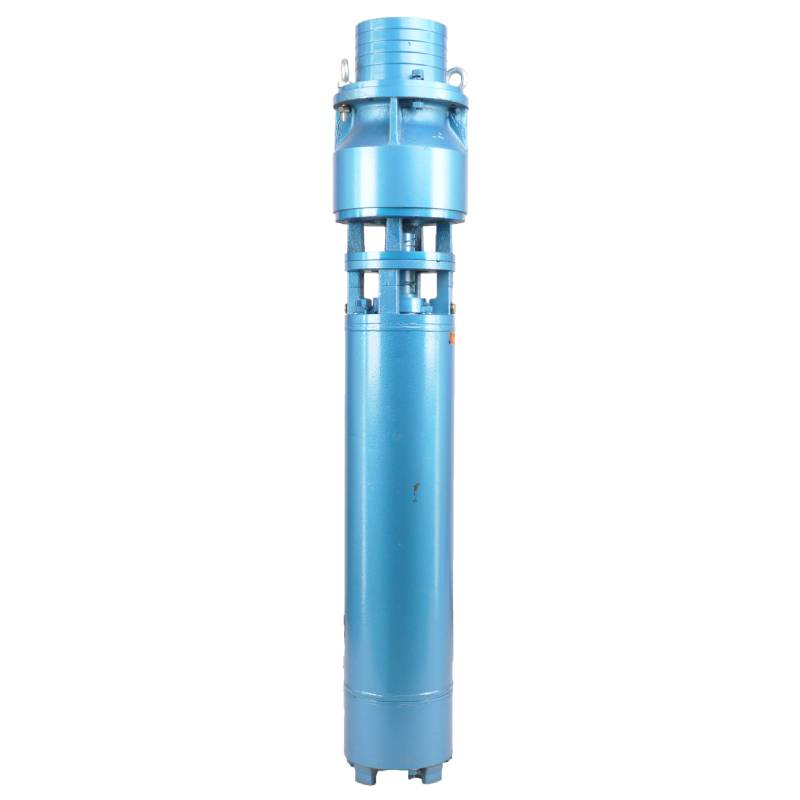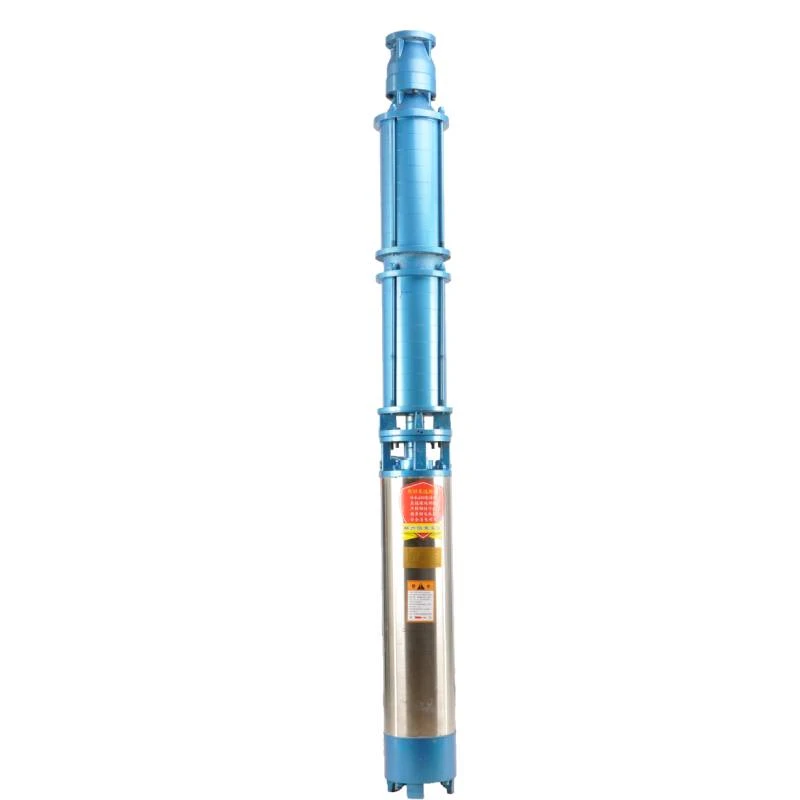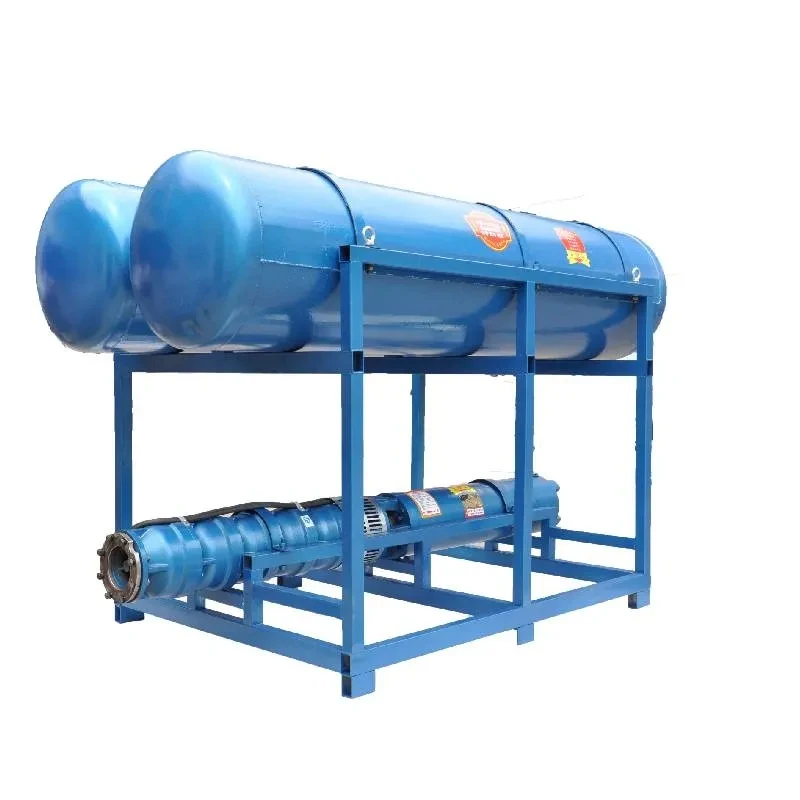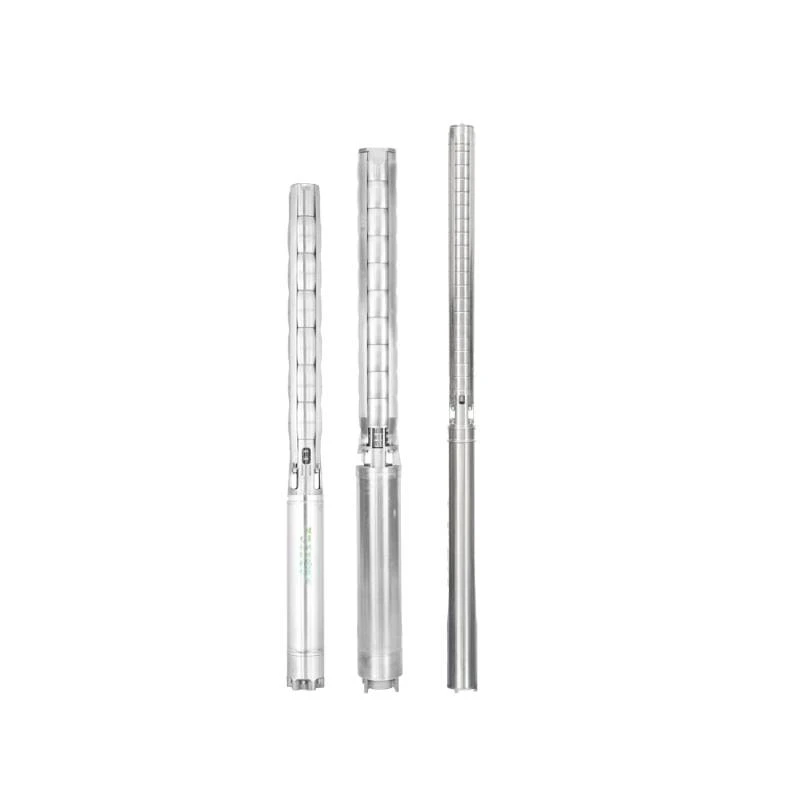Set . 03, 2024 22:07 Back to list
oil filled vs water filled submersible pump
Choosing Between Oil-Filled and Water-Filled Submersible Pumps
When it comes to selecting the right submersible pump for your application, two prominent types come into play oil-filled and water-filled pumps. Each type has its own set of advantages and considerations, making it essential to understand their differences to make an informed decision.
Oil-Filled Submersible Pumps
Oil-filled submersible pumps are designed to be submerged in fluids, and they're often utilized in scenarios where the fluid being pumped can be abrasive or corrosive. One of the most significant advantages of oil-filled pumps is their cooling system. These pumps use oil as a coolant, which effectively dissipates heat generated during operation, allowing for extended operational life and reduced thermal stresses on components.
Additionally, the oil-filled design helps to provide lubrication for mechanical seals and other moving parts, which can minimize wear and tear. This type of pump is particularly well-suited for applications involving sewage, dirty water, or industrial fluids. However, the downside includes the risk of oil leaks, which can lead to environmental concerns; therefore, regular monitoring is essential.
oil filled vs water filled submersible pump

Water-Filled Submersible Pumps
On the other hand, water-filled submersible pumps are primarily used for pumping clean water. These pumps operate by using the fluid being pumped (water) to provide cooling and lubrication. This makes them an excellent choice for applications like irrigation, drainage, and groundwater extraction, where the fluid is not highly abrasive or contaminated.
One of the primary benefits of water-filled pumps is their simplicity and lower operating costs. They typically require less maintenance compared to oil-filled pumps because there are no concerns regarding oil leakage or contamination. However, the downside is that they may not be suitable for more challenging conditions involving abrasive materials or harsh chemicals.
Conclusion
In summary, choosing between oil-filled and water-filled submersible pumps largely depends on the specific application and the properties of the fluid being handled. For applications involving abrasive or hot fluids, oil-filled submersible pumps can provide robust performance and longevity. Conversely, for simpler tasks involving clean water, water-filled pumps offer a cost-effective and efficient solution. It's crucial to evaluate your needs carefully and consider the long-term implications of your choice to ensure optimal performance and reliability in your pumping applications.
-
Troubleshooting for Water-Filled Submersible Pumps
NewsJun.04,2025
-
Troubleshooting for Floating Deep Well Submersible Pumps
NewsJun.04,2025
-
How to Choose SS Submersible Pump for Deep Well Applications
NewsJun.04,2025
-
Floating Deep Well Submersible Pump Cost: Factors Affecting Pricing
NewsJun.04,2025
-
Buying Guide for Deep Well Submersible Pumps
NewsJun.04,2025
-
Best Submersible Pumps for Agriculture and Irrigation
NewsJun.04,2025
-
 Troubleshooting for Water-Filled Submersible PumpsSubmersible pumps are essential for various applications, including irrigation, drainage, and water supply systems.Detail
Troubleshooting for Water-Filled Submersible PumpsSubmersible pumps are essential for various applications, including irrigation, drainage, and water supply systems.Detail -
 Troubleshooting for Floating Deep Well Submersible PumpsWhen it comes to reliable water extraction solutions, the floating deep well submersible pumps stands out as a top choice for both residential and industrial applications.Detail
Troubleshooting for Floating Deep Well Submersible PumpsWhen it comes to reliable water extraction solutions, the floating deep well submersible pumps stands out as a top choice for both residential and industrial applications.Detail -
 How to Choose SS Submersible Pump for Deep Well ApplicationsWhen it comes to deep well water extraction, selecting the right pump is crucial for efficiency, durability, and long-term performance.Detail
How to Choose SS Submersible Pump for Deep Well ApplicationsWhen it comes to deep well water extraction, selecting the right pump is crucial for efficiency, durability, and long-term performance.Detail
